Out Now
The Infrastructure Issue
Current Issue
The Infrastructure Issue
JUN - JUL 2025

Some familiar issues are driving change when it comes to cabling and wiring devices.
Change is a staple of many industries and product sectors, and cabling and wiring are no different, with three familiar topics emerging as drivers of innovation and change:
“The market is looking at a safer and more reliable product,” says Shuai Wang of Prysmian.
“One of the traditional products in residential, is a PVC insulated TPS cable – it’s probably been used in Australia for 20 to 30 years – however, in the past five to 10 years, we’ve been talking more about the safety of the wire when a fire happens.
“A major consideration is the toxicity of the by-products of the cable when it’s burning. Research from Europe has shown that 80 per cent of fire fatalities happen not due to the fire itself, but because people cannot evacuate and they inhale toxic gases produced by the fire,” Shuai says.
“Bigger developments, such as hospitals and schools, are using a low smoke, zero halogen product, for example, which is more reliable and offers better safety.”
The vast majority of people now accept the climate crisis, and businesses of all sizes are resolute in playing their part to help protect the long-term interests of the planet.
“From a Prysmian point of view, we started evaluating this at least four or five years ago. We have put a system in place to evaluate the carbon footprint during manufcture, to give us better insight into how we can work through that.
“We are also taking more initiative to categorise our products as eco products where we can, and investing in research to explore how we can utilise our material compounds and recycle other products. For example, can we sell or even give polyethylene to suppliers so they can use them to create a drum bobbin that we can use and reuse?
“We’re also working with universities to try to find a way to
recycle cable. We’re actually working with one of our partners to see how we can recycle cable in a way that generates some by-products that can be used in the oil field or other industries.”
Data cabling and subsequent connectivity is becoming increasingly important, too.
“There are some standards coming out now, where you’ll find
a lot more of those products are getting ethernet connectivity,” says Brett Coppins, Light & Room Control Offer Manager at Schneider Electric.
“Here at Schneider, we are moving towards more products with upper-level connectivity via various industry-recognised methods, as well as newer emerging technologies.
“And that’s a great thing because you’ll find that the majority of device manufacturers will now support their devices connecting to a communication layer and allowing various third-party systems integration via an API or even a natively designed interface if the market size can warrant the dev cost.”
“When you’re talking about your larger footprint buildings and high-end residential, you’ll find that installers still lean towards ‘cabled’ smart products, like SpaceLogic C-Bus.
“Part of that is due to wireless transmission distances being affected by high density building materials for the walls – where the wireless signal may not transmit as easily through featured materials like concrete, stone or brick walls, for example – or because they’ve got a boatshed or a man cave 50 metres down the backyard that’s the size of some people’s smaller houses, so they use cabled systems to ensure the reliability is there.
“Often there are a number of other systems to be integrated with the lighting control, such as HVAC.
“On these large projects most installations aren’t using smaller split systems anymore and have moved to centralised models like commercial VRV/ VRF ducted systems, where integration to other systems is a key factor,“ Brett says.
Larger commercial projects, especially multi-tenanted office buildings or campuses still favour wired/cabled type products as their first choice for lighting and HVAC controls due to rapid commissioning time, ease of deployment, as well as providing increased security for the many tenants and their separate spaces.
Keep up to date with our latest news and competitions by subscribing to our regular newsletter.
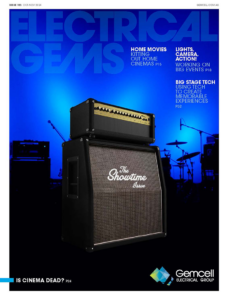
Issue 183
OCT - NOV 2024
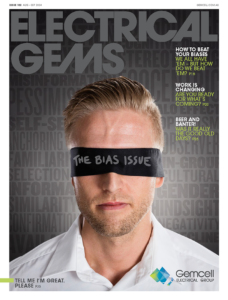
Issue 182
AUG - SEPT 2024
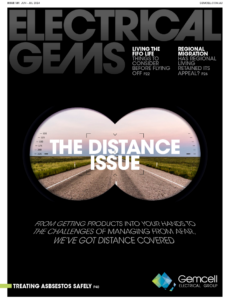
Issue 181
JUN - JUL 2024

Issue 180
APR - MAY 2024
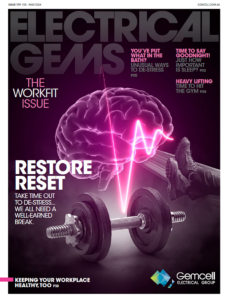
Issue 179
FEB - MARCH 2024
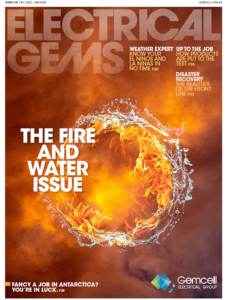
Issue 178
DEC 2023 - JAN 2024
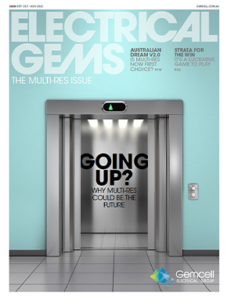
Issue 177
OCT - NOV 2023
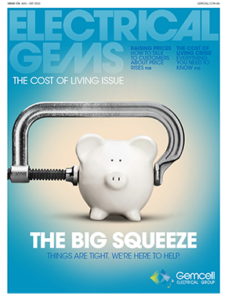
Issue 176
AUG - SEPT 2023
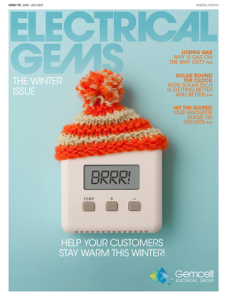
Issue 175
JUN - JUL 2023
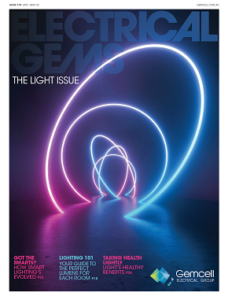
Issue 174
APR - MAY 2023
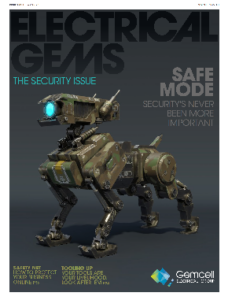
Issue 173
FEB - MAR 2023
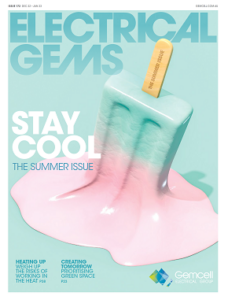
Issue 172
DEC 2022 - JAN 2023
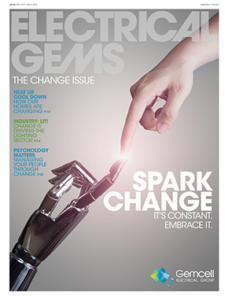
Issue 171
OCT - NOV 2022
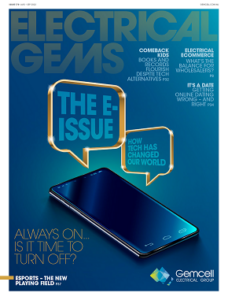
Issue 170
AUG - SEPT 2022
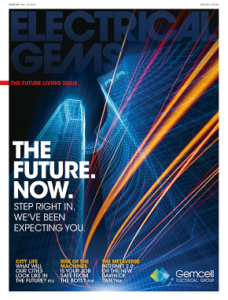
Issue 169
JUN - JUL 2022
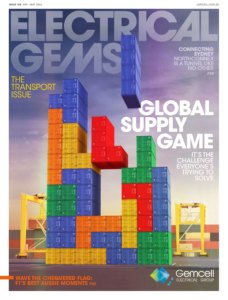
Issue 168
APR - MAY 2022
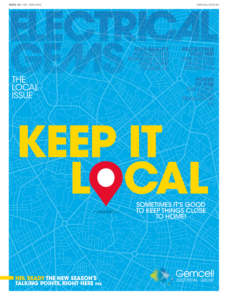
Issue 167
FEB - MAR 2022
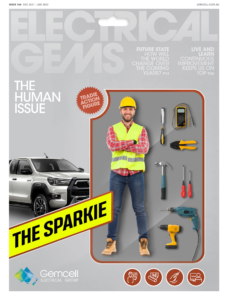
Issue 166
DEC 2021 - JAN 2022
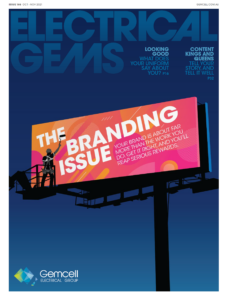
Issue 165
OCT - NOV 2021

Issue 164
AUG - SEPT 2021
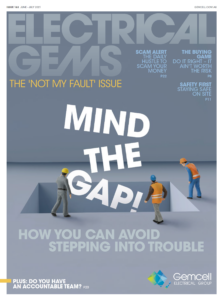
Issue 163
JUN - JUL 2021
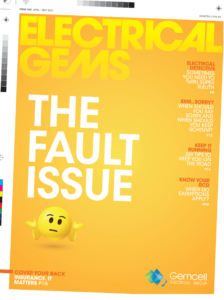
Issue 162
APR - MAY 2021

Issue 161
FEB - MAR 2021

Issue 160
DEC 2020 - JAN 2021
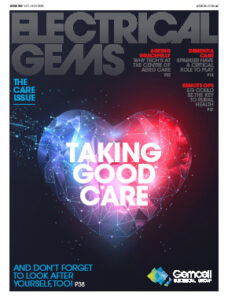
Issue 159
OCT - NOV 2020
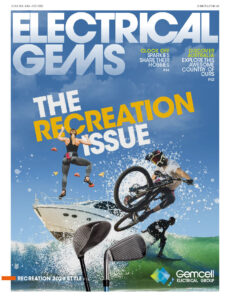
Issue 158
AUG - SEPT 2020
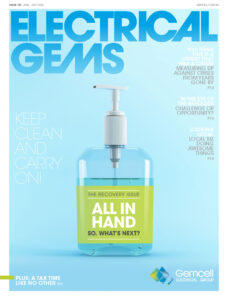
Issue 157
JUN - JUL 2022
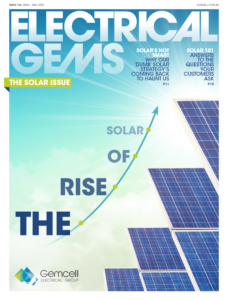
Issue 156
APR - MAY 2020
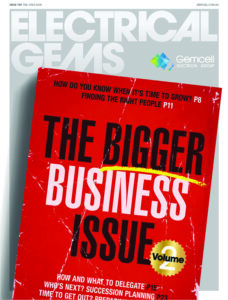
Issue 155
FEB - MAR 2020

Issue 154
DEC 2019 - JAN 2020
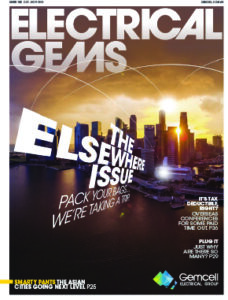
Issue 153
OCT - NOV 2019
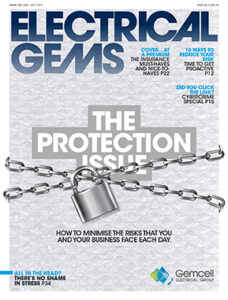
Issue 152
AUG - SEPT 2019
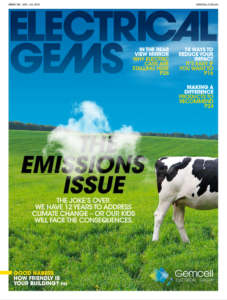
Issue 151
JUN - JUL 2019
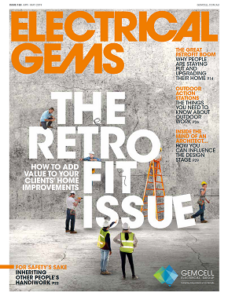
Issue 150
APR - MAY 2019
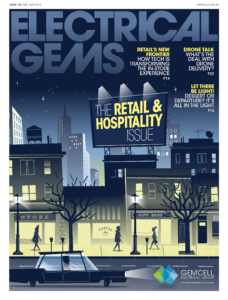
Issue 149
FEB - MAR 2019
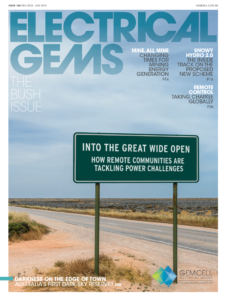
Issue 148
DEC 2018 - JAN 2019
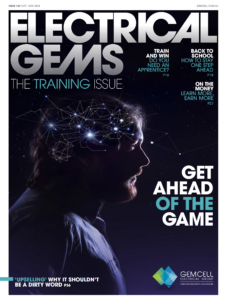
Issue 147
OCT - NOV 2018
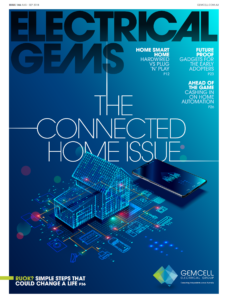
Issue 146
AUG - SEPT 2018

Issue 145
JUN - JUL 2018
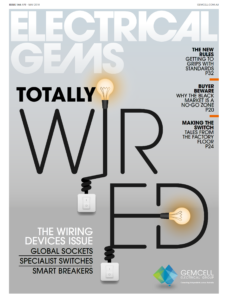
Issue 144
APR - MAY 2018
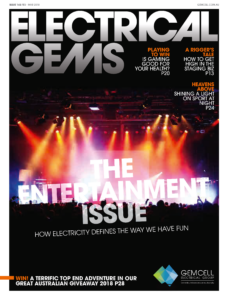
Issue 143
FEB - MAR 2018

Issue 142
DEC 2016 - JAN 2017
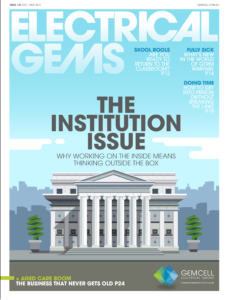
Issue 141
OCT- NOV 2017
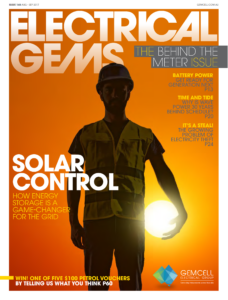
Issue 140
AUG - SEPT 2017
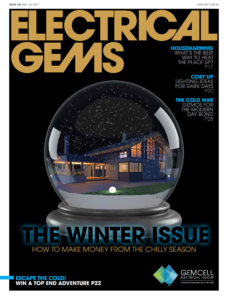
Issue 139
JUN - JUL 2017
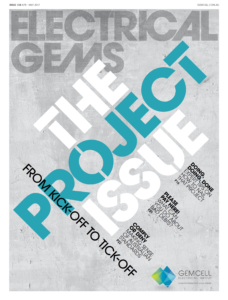
Issue 138
APR - MAY 2017

Issue 137
FEB - MAR 2017
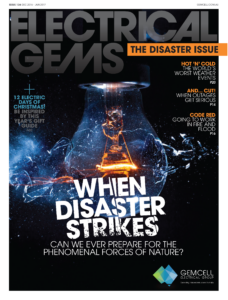
Issue 136
DEC 2016 - JAN 2017
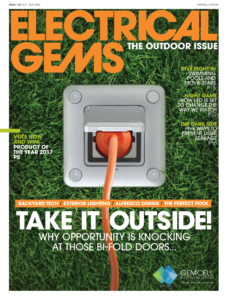
Issue 135
OCT - NOV 2017
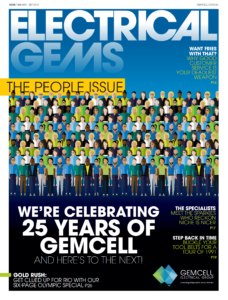
Issue 134
AUG - SEPT 2016

Issue 133
JUN - JUL 2016
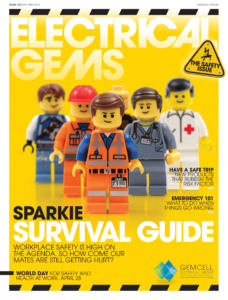
Issue 132
APR - MAY 2016
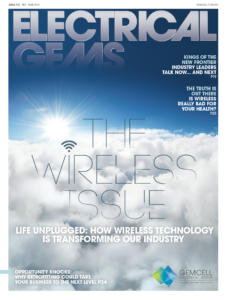
Issue 131
FEB - MAR 2016
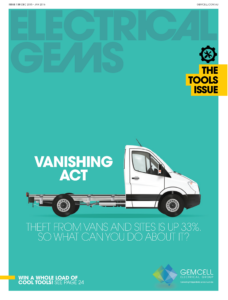
Issue 130
DEC 2015 - JAN 2016
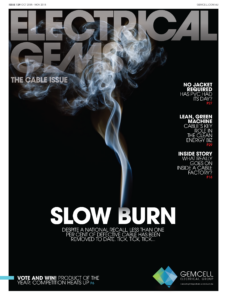
Issue 129
OCT - NOV 2015

Issue 128
AUG - SEPT 2015
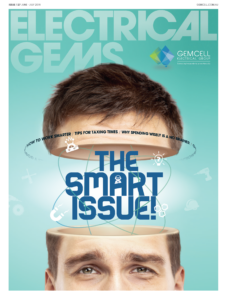
Issue 127
JUN - JUL 2015
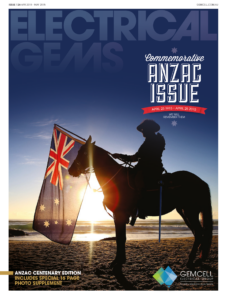
Issue 125
APR - MAY 2015
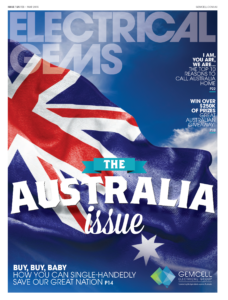
Issue 125
FEB - MAR 2015
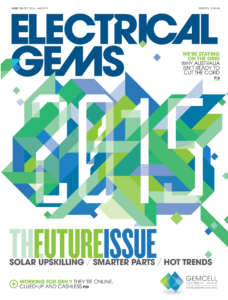
Issue 124
DEC 2014 - JAN 2015
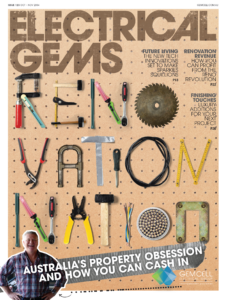
Issue 123
OCT - NOV 2014
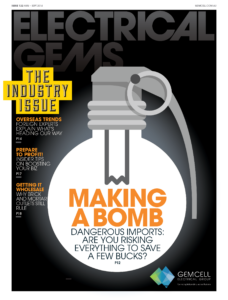
Issue 122
AUG - SEPT 2014
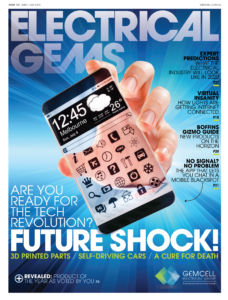
Issue 121
JUN - JUL 2014
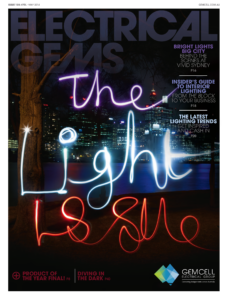
Issue 120
APR - MAY 2014
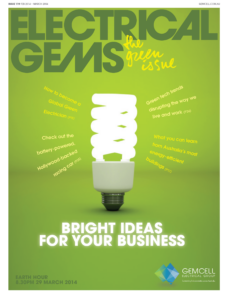
Issue 119
FEB - MAR 2014
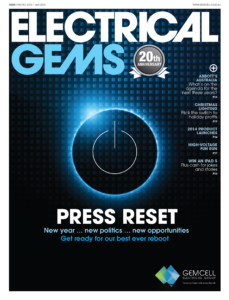
Issue 118
DEC 2013 - JAN 2014
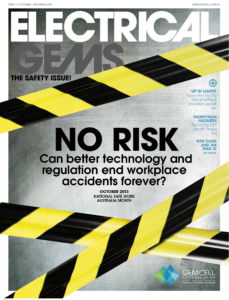
Issue 117
OCT - NOV 2013
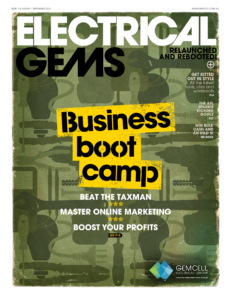
Issue 116
AUG - SEPT 2013

Comments (0)
Write a Comment